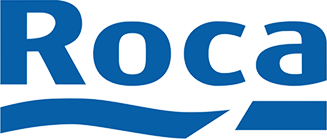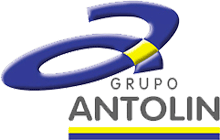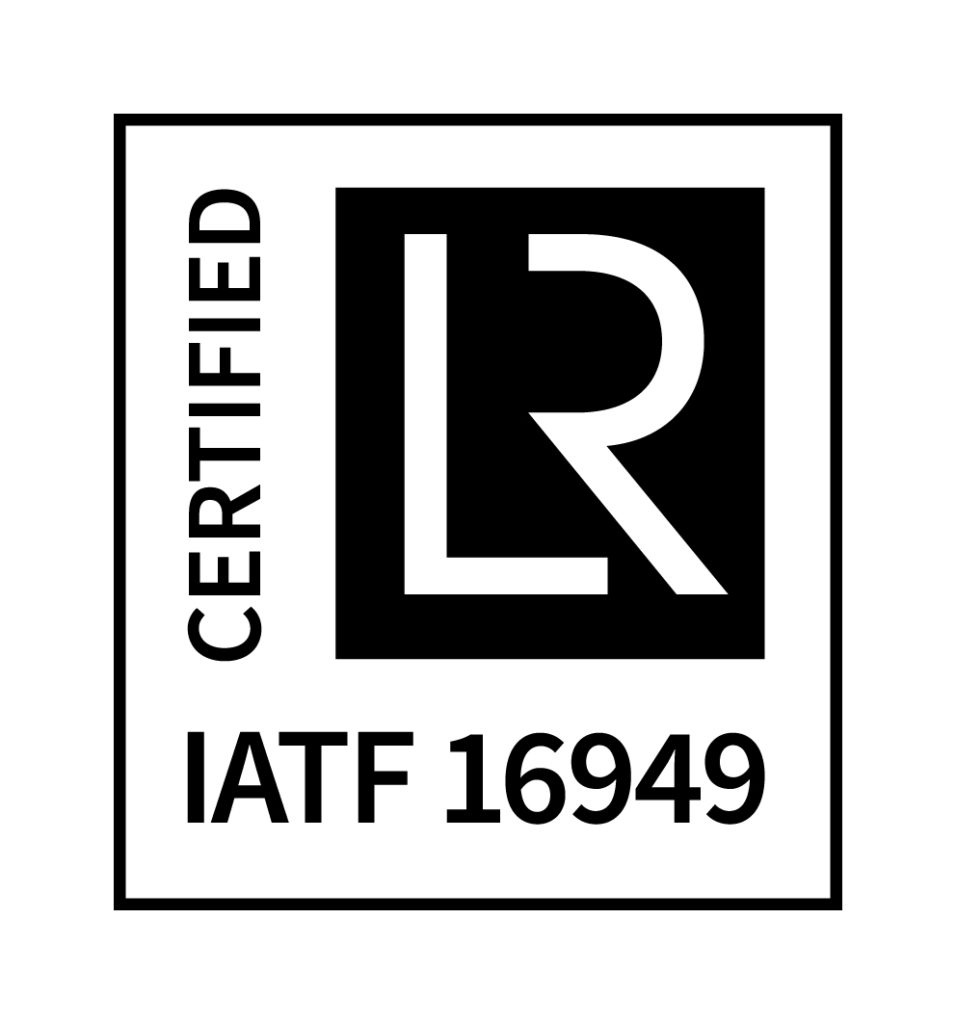Zamak
Zinc alloy(Z), aluminium (A), magnesium (MA) and copper (K). Die-casting injection delivers high precision parts at a very competitive cost.
Why Zamak?
Reasons why Zamak is one of the most suitable materials for your needs
Injection of highly complex geometries
High dimensional stability
Injection with angles close to 0°.
Zamak tools have more than 500% life time over aluminium tools.
Lower tooling costs
Faster injection cycles
Savings in post-injection machining
Threading in the injection moulding process
Surface treatments can be easily performed
Environmental Harmony: Pollution and greenhouse gas minimisation
Non-toxic
100% Recyclable
Frequently Asked Questions (FAQs)
What is Zamak?
Zamak itself is not a metal, but is a material created from a combination of zinc-based metals with aluminium, magnesium and copper. The result of this alloy (combination of metals) is a versatile material used to create Zamak injection moulded parts with high precision and detail accuracy. Features hardness, high tensile strength, plastic deformability and good colliability. Zamak can be chromed, painted and machined.
Zamak brings excellent electrical performance and interference protection to electronic connectors, as well as to chassis, frames and shields for telecommunication and handheld computer equipment.
It is non-ferrous, grey in colour and has a similar appearance to silver, but does not become tarnished as easily as silver. It is very resistant and can withstand friction and knocks.
Why Zamak?
- 100% recyclable material
- Available at affordable prices
- Excellent features
Advantages
Manufacturing Zamak die castings has many advantages.
- Time saving
- Cost reudction
- Superior surface finish on Zamak parts compared to aluminium injection moulded parts
- Zamak injection moulding enables high volume, high precision parts manufacturing
- Faster injection cycles
- Zamak melts at 400-420ºC requiring less energy consumption to transform.
- Zamak parts allow better surface treatments (painting, chrome and zinc plating).
- Zamak injection moulding for the manufacture of parts facilitates the reproduction of part details.
- Savings in machining and energy costs
- Colour does not change due to use
What is it for?
Zamak is used to manufacture parts that can later be used in automotive, construction, electrical, electronics, sports and decorative items, clothing, bags and appliances, among others.
The automotive industry is one of the biggest consumers of Zamak as they use non-ferrous metal injection moulding for safety parts, housings, connecting rods, etc.
On the other hand, the increase in price of common materials such as brass has promoted the use of Zamak in the hardware sector and also in the jewellery sector, where the use of Zamak in metal parts of leather and leather accessories has become widespread due to its more affordable manufacturing costs and its aesthetic results.
Zamak has become a very profitable product for Zamak injection moulding companies.
Main characteristics
- High strength and hardness
- Excellent electrical and thermal conductivity
- Minimum raw material cost
- High dimensional accuracy and stability
- Excellent wall thickness possibilities
- High quality finishing
- Extraordinary corrosion resistance
Types of Zamak
The most common types of Zamak used in industry and their general applications are:
- Zamak 2: Copper 2,7-3,3 / Magnesium 0,06-0,04/ Aluminium 3,8-4,2 and the rest is composed of Zinc. It is used in the manufacture of moulds, e.g. moulds for Zamak parts for shoes and car bumpers.
- Zamak 3: Copper 0.00-0.10 / Magnesium 0.03-0.06 / Aluminium 3.9. The rest is Zinc. Zamak 3 is the most stable alloy because it contains practically no copper. For this reason, it is the most recommended for the manufacture of parts with complex details, sharp contours and a high degree of difficulty.
- Zamak 5: Copper 0.70-1.10 / Magnesium 0.03-0.06 / Aluminium 3.9-4.3, the rest is Zinc injection. By containing around 1% copper, it improves its strength, hardness and anti-corrosion properties. Zamak 5 is the most widely used alloy due to its dimensional stability as well as its ease of injection moulding, applicable to fuel pumps, carburettors, water pumps and petrol pumps.
- Zamak 7: It differs from the previous alloys by its low magnesium content and the addition of 0.005%/0.020% nickel, giving it a low surface tension and increasing the ease of die casting. It is used to manufacture household appliances such as extractors, juicers and other heavy-duty parts.
- Zamak 8: ZA-8, a zinc-aluminium alloy, contains significantly more aluminium than other Zamak alloys. ZA-8 contains approximately 8.4% aluminium and is the only ZA alloy that can be hot chamber die cast, an important consideration when selecting a material for a component.
- Zamak 10: The cheapest in the line. It is mainly used for the production of Zamak parts that do not require a good finish.
- Zamak AZC: This alloy is used to make Zamak ornaments such as bag decorations, shoe hardware, backpacks, key rings and some household items.
The most commonly used Zamack alloy in Europe is ZAMAK-5, and in the USA it is ZAMAK-5. and China is ZAMAK-3.
Origins of Zamak
1920
Zamak was created by New Jersey Zinc in the United States. The name Zamak is a German acronym formed by the union of the first letters of the materials of which it is composed: Zinc, Aluminium, Magnesium and Copper (Kupfer).
1926
New Jersey Zinc patented the first zamak 1 alloy and was adopted as a trademark. Subsequently, it lodged additional patents in new alloys zamak: zamak 2, zamak 3, zamak 5, zamak 7 y zamak 8.
1960
Zamak began to be used industrially in large series processing of zinc alloy and zinc injection die casting.
SOME OF OUR
Clients








